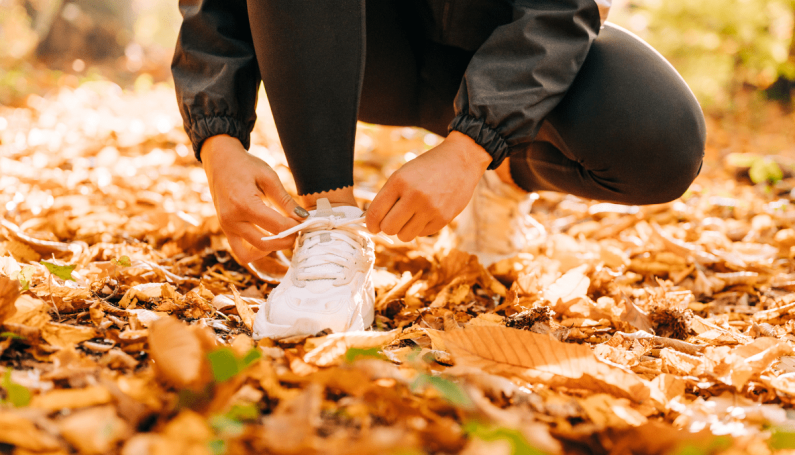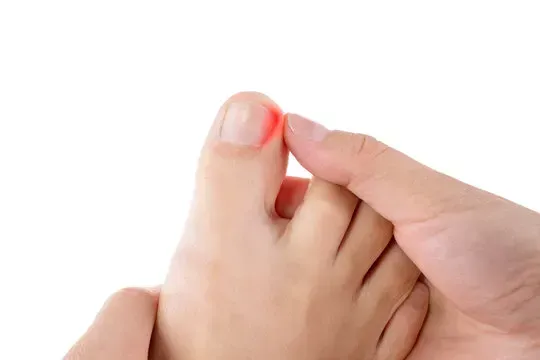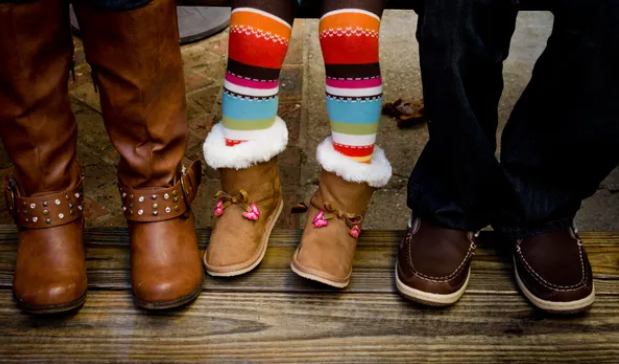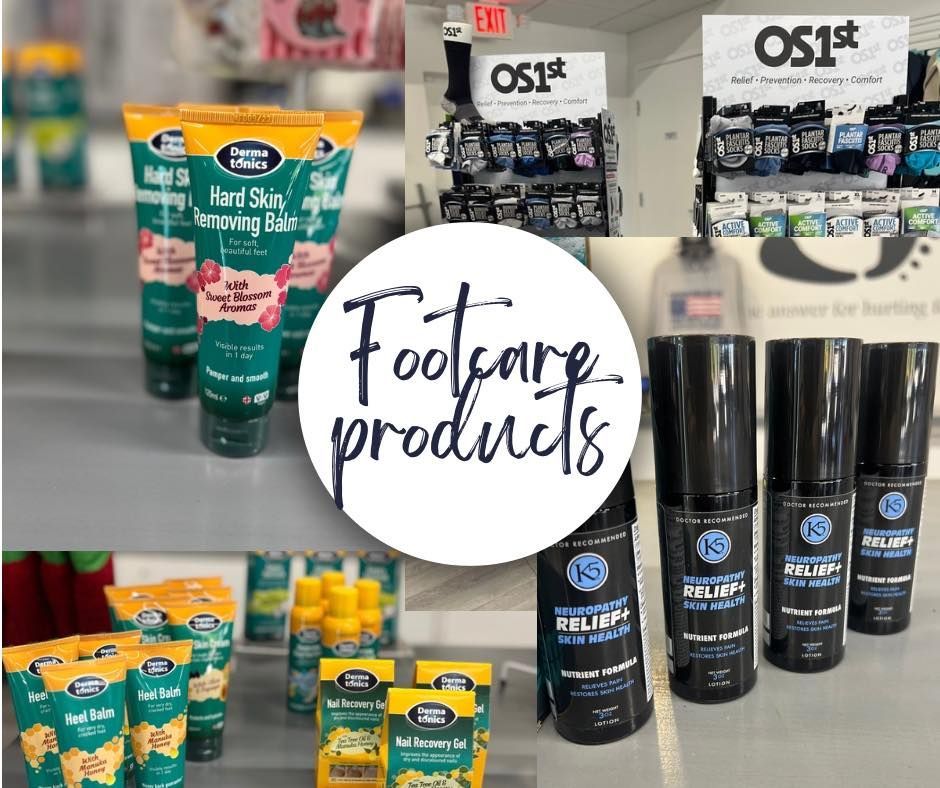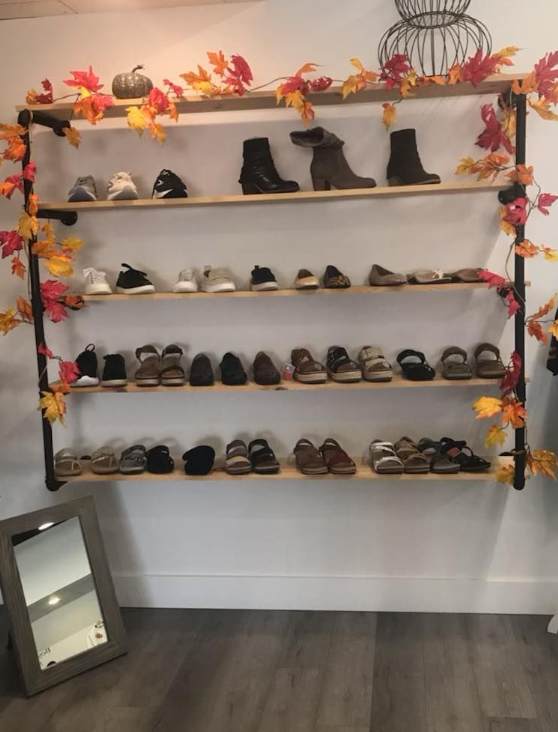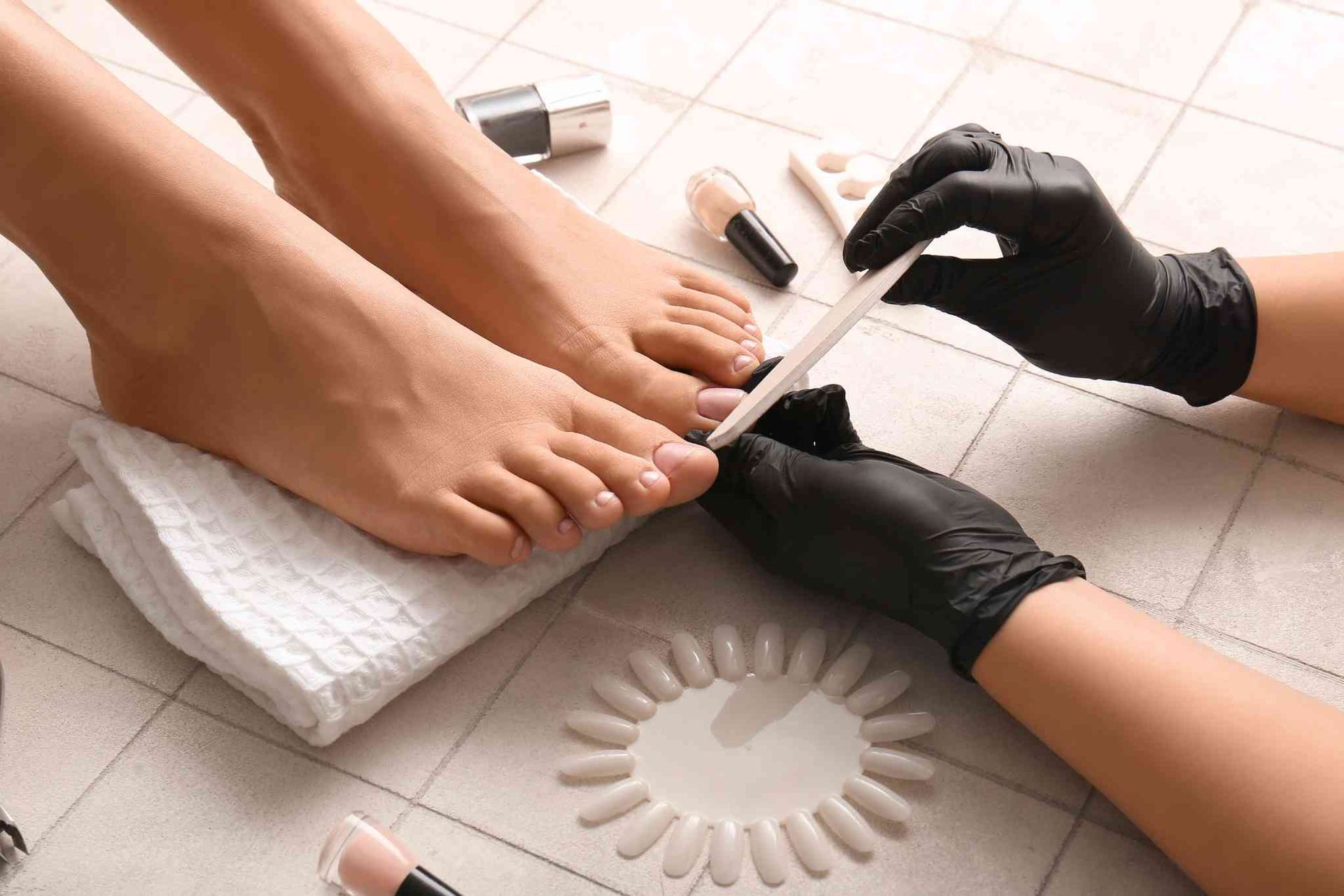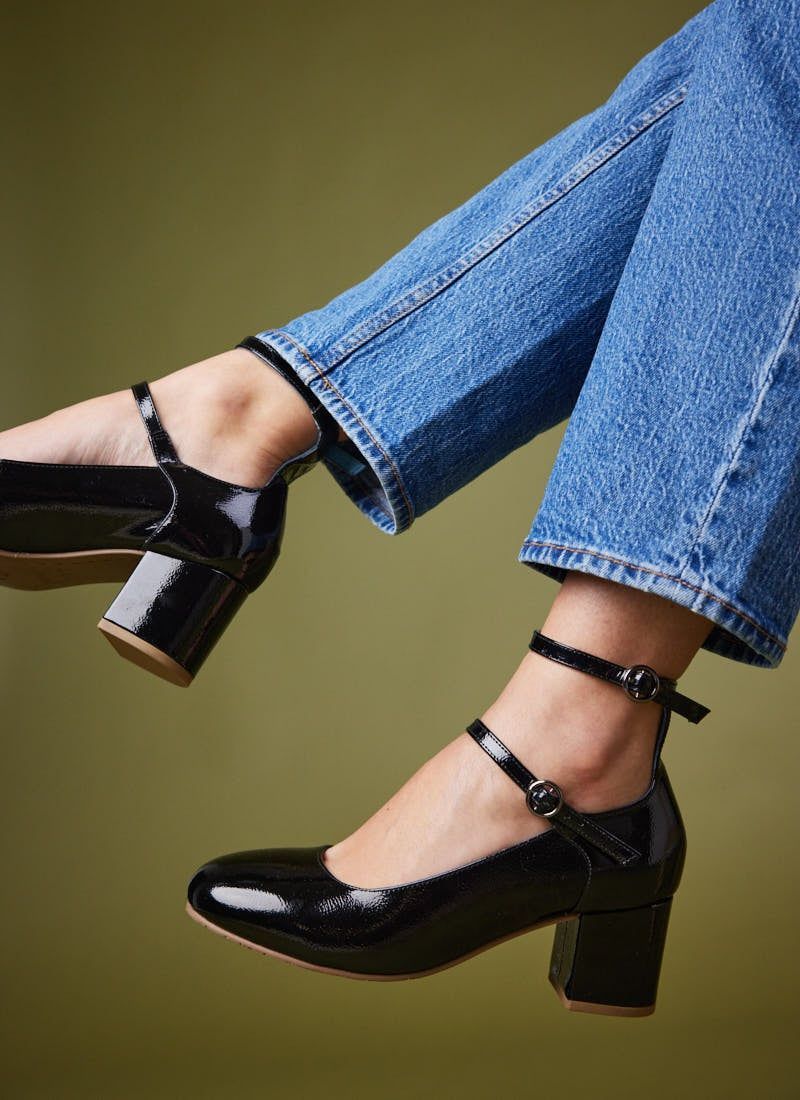Post Title
Significance of Water Shoes
Water shoes are more than just a summer fashion statement. They are a practical solution for those who engage in water-based activities. The significance of water shoes lies in their unique design and purpose. They provide a protective layer between your feet and potential hazards in the water or on the beach, such as sharp rocks, hot sand, or slippery surfaces. As summer approaches, the popularity of water shoes rises, making them an essential item for your beach or poolside adventures.
Water shoes are specially designed footwear for activities where your feet are likely to get wet. They are different from regular shoes in several ways. Firstly, they are made from quick-drying materials, typically mesh or neoprene, which are light and breathable. This allows water to drain out of the shoes quickly, preventing your feet from staying damp and reducing the risk of foot ailments like athlete's foot. Secondly, they have a robust sole to protect your feet from sharp objects and rough surfaces, while also providing traction on wet and slippery surfaces. Water shoes are essential for water-based activities like swimming, snorkeling, kayaking, or even hiking through wet terrains.
Water shoes offer a range of benefits that make them a must-have for any water activity. The most obvious benefit is protection. Water shoes shield your feet from sharp rocks, shells, and other underwater hazards. They also provide excellent grip, reducing the risk of slipping on wet surfaces. This is particularly important when walking on slippery pool decks, rocky riverbeds, or slick boat decks.
Comfort is another significant benefit of water shoes. They are designed to fit snugly on your feet, preventing sand or small pebbles from getting inside the shoe and causing discomfort. Moreover, water shoes enhance performance in water-based sports and activities. They provide better footing and balance, allowing you to move more confidently and efficiently.
A good water shoe will also have sufficient arch support to distribute pressure evenly across your feet and reduce strain on your arches. This is especially important if you're going to be standing or walking for extended periods.
The quick-dry feature of water shoes is another aspect that adds to their convenience. Nobody likes the squelching sensation of water in their shoes or the discomfort of damp feet. Water shoes are made from materials that dry quickly, ensuring your feet remain dry and comfortable. This feature also prevents the growth of bacteria and fungi, which thrive in damp environments, thereby reducing the risk of foot infections.
Water shoes come in various designs to suit different activities and preferences. Some are similar to regular sneakers but with quick-drying materials and drainage holes. These are great for activities like hiking or boating, where you need the protection and support of a shoe but with the added benefit of being water-friendly.
Then there are minimalist water shoes, which are lightweight and flexible, offering a barefoot-like feel. These are ideal for activities where you want to feel more connected to the ground or water, like yoga on the beach or paddle boarding.
Another type is the slip-on water shoe, which looks similar to a sandal but with a closed toe for protection. These are perfect for casual beachgoers who need something easy to slip on and off but still offer protection and traction.
Choosing the right type of water shoe depends on your activity and personal preference. Regardless of the style, a good water shoe should offer protection, comfort, and quick-drying capabilities.
When it comes to water shoes, there are several popular brands in the market. Each brand offers unique features, pros, and cons. Some brands focus on providing maximum comfort with soft cushioning and excellent arch support. Others prioritize durability and use robust materials that can withstand harsh conditions.
While comparing, consider your specific needs and preferences. Remember, the best water shoe brand is the one that meets your specific needs and fits within your budget. Aren't sure which one is best for you? Give us a call at 904-356-0459 or visit our store at 845 Blanding Blvd., Orange Park, FL 32065. Our staff is always happy to help!

